When we talk about sustainable fashion, we put a lot of emphasis on clothing. We talk a lot about finding ethically made shoes or the best sustainable materials. But, I think we often neglect to talk about accessories, especially sustainable jewellery.
Items of jewellery are something almost everyone has—whether it be rings, watches, earrings, or anything else. Jewellery can also be extremely personal in ways that clothing isn’t. My grandmother passed her jewellery down to me, which I cherish.
I can’t say the same about any of my jeans.
Often sentimental, given as a gift, and a reflection of our own personal style. How can we find jewellery that is not only great, but is also ethically made?
Also, check out our top recommended ethical jewellery brands.
The Problem with Jewellery
Like almost everything we buy, jewellery has its issues, including harm to the environment and the people who produce it. We often associate these issues with fast fashion, but not with the long-lasting ring our partner gave us.
However, some of the major issues with jewellery include forced and child labour, harsh working conditions, and depleted natural resources. And, due to the high resale value of many of these resources, the industry is ripe for exploitation. Some materials are more problematic than others.
Diamonds
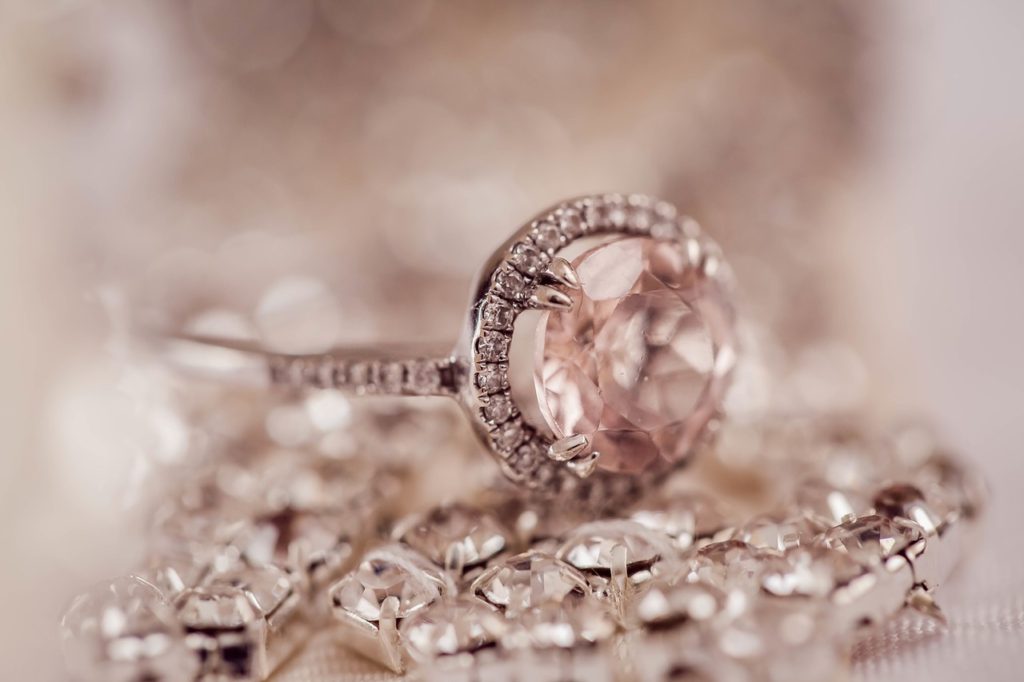
You might have heard the expression conflict diamond, and had no idea what it meant. Or maybe you’ve watched Blood Diamond starring Leonardo DiCaprio, and feel like an expert on the subject. Either way, blood diamonds—or conflict diamonds, as they are also called—are extremely problematic. Blood diamonds are those from conflict zones, often mined at the hands of children.
Though the industry has supposedly cleaned up its act, there is still much evidence to the contrary. But with more exposure and more companies taking action, diamonds are significantly better than before—just ask Leonardo DiCaprio.
Other Gemstones
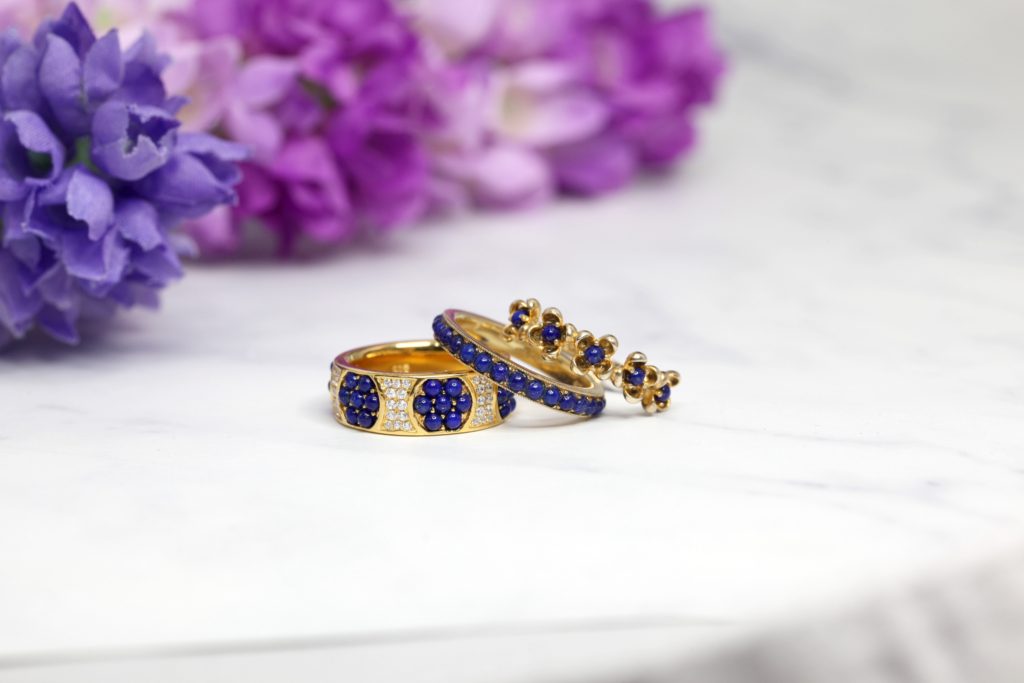
While not as notorious as diamonds, coloured gemstones also have a bad reputation. As someone who loves sapphires (my birthstone), this was particularly tough for me to learn.
Any type of mining alters the landscape and leads to erosion, deforestation, and more. Plus, many gemstone-rich areas are protected, which leads to illegal mining. And, once a mine is used up, there is little regard for mine site restoration. This leaves a once valuable piece of land as a dirt pit, with no economic or community value.
Precious Metals
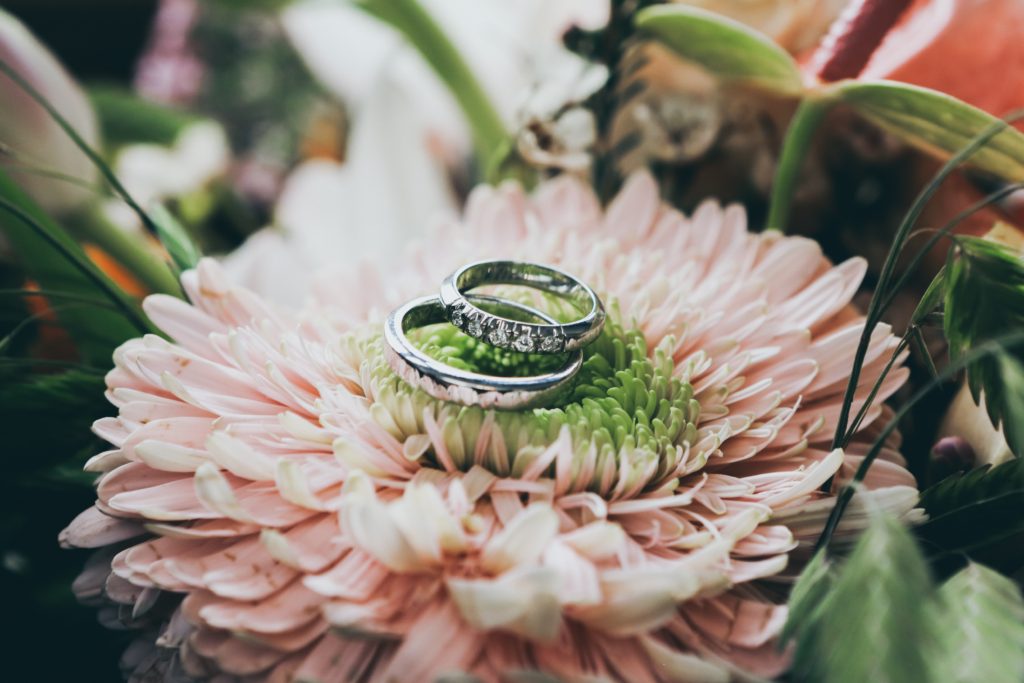
Jewellery often uses precious metals, such as gold and silver, and these too can have a big environmental impact. Similar to gemstones, gold and silver mines often care very little for the eco-system. Companies dig deep into mountains, leak chemicals into groundwater, and take natural resources for their own gain. Even efforts to contain toxic chemicals often backfire, as they leak into the surrounding soil.
While these metals are still plentiful around the world, they are much harder to get to because of decades of mining. Miners must go to great lengths to get a relatively small amount, often at the risk of their own safety. Especially in developing nations, mining is an extremely demanding and dangerous job. Like diamonds, people also exploit mining gold and silver in conflict zones for their own gain. So, despite their shiny, beautiful appeal, there are a tonne of issues with precious metals. This makes it extremely hard to ensure they are ethical.
While used on a relatively small scale, mining these resources can have a major impact on the environment, communities, and livelihoods of those involved. Without regulation, there is much harm being done. These resources might make our beautiful pieces of jewellery, but it often comes at great cost to the world around us.
Luckily, this industry knows it has a problem. From gold mining to diamond suppliers, people are taking steps in the right direction.
Improving the Industry
The Kimberley Process is one way diamond suppliers are stepping up their efforts to make this precious stone more ethical. This UN-mandated organization aims to prevent conflict diamonds from entering the market. This process has helped the industry since its conception in 2003, but it still has quite a ways to go.
While it’s an important step and a good thing to consider when buying diamonds, there are still many cases that fall through the cracks. Many in the industry are calling for better standards, and with time and pressure, new guidelines are sure to appear (just like diamonds).
Another big issue I mentioned earlier is with abandoned mines. This is one area the industry really needs to step up its game. Currently, there is no universal solution for these pits. However, some communities are teaming up to restore the land in a forward-thinking way. By turning old mines back into forest land, it aids fragile eco-systems and brings jobs and resources back to a community. It’s cool to see people come together to tackle an issue like this, but the industry shouldn’t let this burden fall onto communities.
Because gemstone mining is so spread out across the globe, it’s a hard industry to fully regulate. The Organization for Economic Cooperation and Development (OECD) hopes to change that. A few years ago, they launched an initiative to make gemstone mining healthier for everyone and the environment. This includes restoration efforts, fair trade certifications, and education of gemstone-reliant communities. While many practices are still to be implemented, discussing the issues and coming up with solutions is a step toward progress.
The industry still has a lot of work to do to make it truly ethical, but by taking steps now, jewellers are paving the way for a more ethical future.
How Can I Ensure my Jewellery is Ethical?
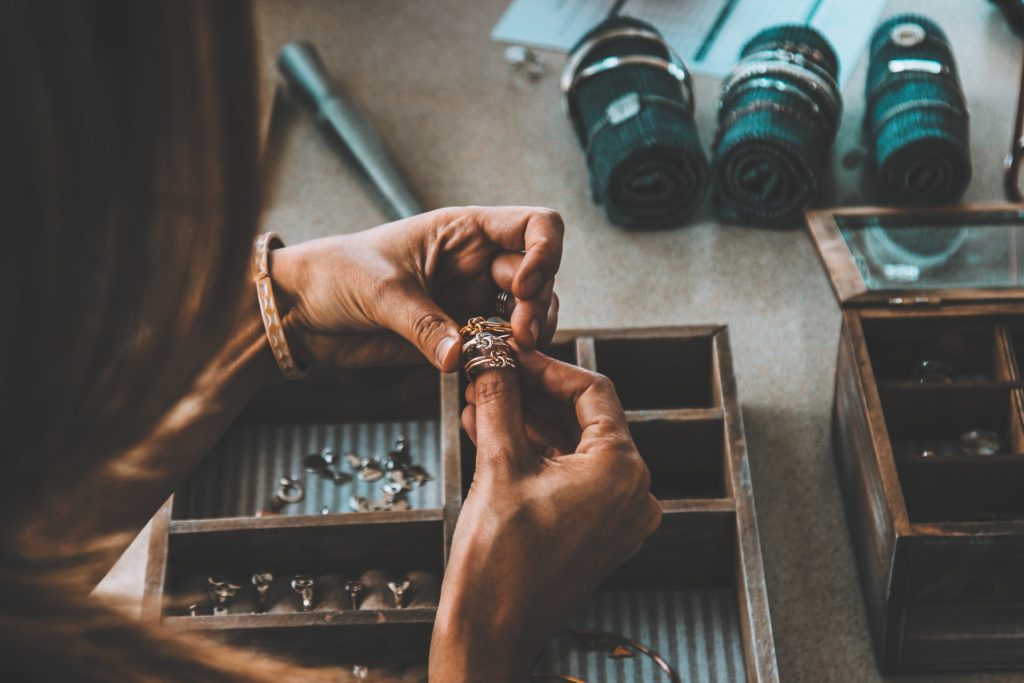
Thrifting
One of the biggest things you can do is shop secondhand jewellery. Thrift stores are full of pieces that were unwanted by others, but might be just what you’re looking for. By buying secondhand, you ensure that the jewellery doesn’t end up in a landfill.
Pieces that are reworn and reused are less environmentally taxing, as no new materials have to be sourced. Plus, thrift stores and pawnshops are full of everything from vintage and statement pieces to nice, more pricey pieces. It might take some extra looking, but you never know what you might find. It’s more affordable, more fun, and more ethical than buying new jewellery.
Recycled Jewellery
Another way to make jewellery sustainable is to buy recycled. Recycling precious metals is incredibly easy and cost-effective. More and more jewellery shops are starting to sell items made from recycled materials. This can include everything from scavenged gemstones and metals to more unique materials, such as E-waste. It’s a unique way to create jewellery that you would love showing off.
Certifications
Seek out companies with full transparency.
This goes beyond simply stating something on their website. Reputable companies are the ones back by industry standards and third-party organizations. Some organizations for ethical fashion include the Kimberley Process, B-Corp, and Fair Trade. These organizations help make fashion more ethical all around. While these backings aren’t perfect, the Kimberley Process for example has come under fire in the past for valid reasons, they are good steps in the right direction.
If you make your own jewellery, for profit or for yourself, you can follow similar advice. Look for ethical sources when buying material, reuse and repurpose old items when you can, and recycle parts you no longer need—whether it is small metal scraps or gemstones.
Jewellery has a ways to go in terms of ethics, but it is going in the right direction. As the demand for ethical fashion keeps growing, we can do our bit by supporting companies and artisans that use ethical materials.

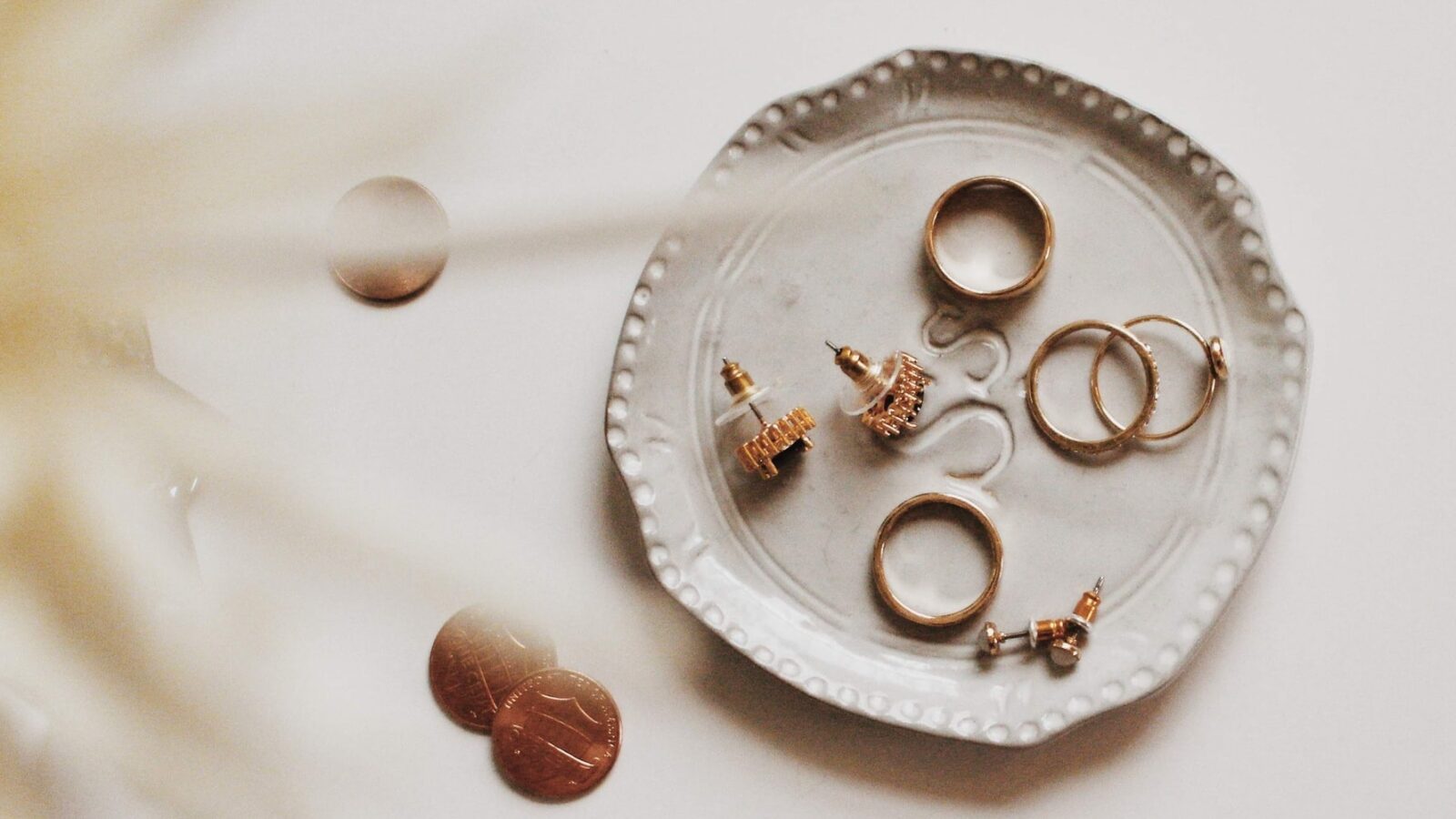
 What is the Slow Fashion Movement?
What is the Slow Fashion Movement?
Leave a Reply